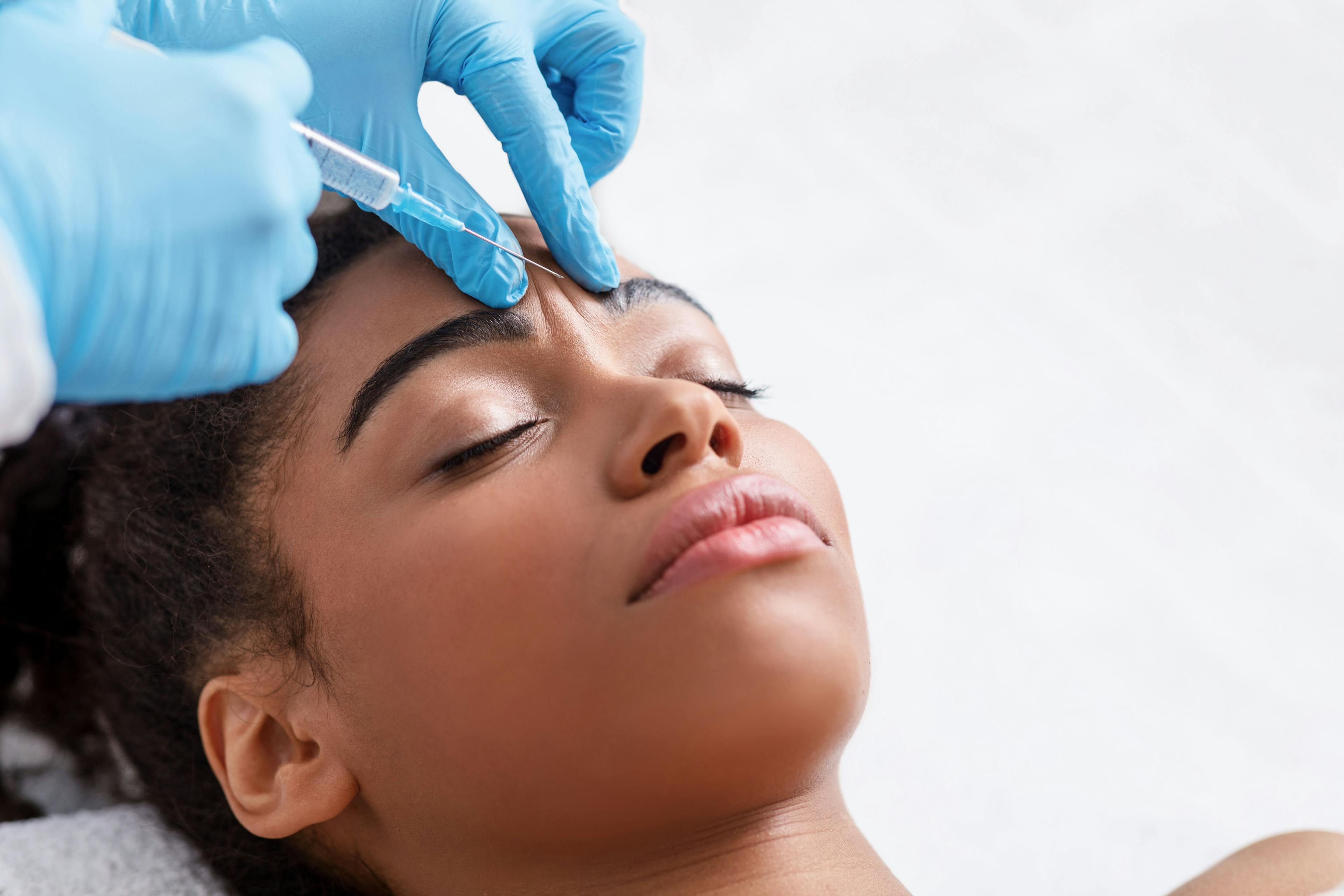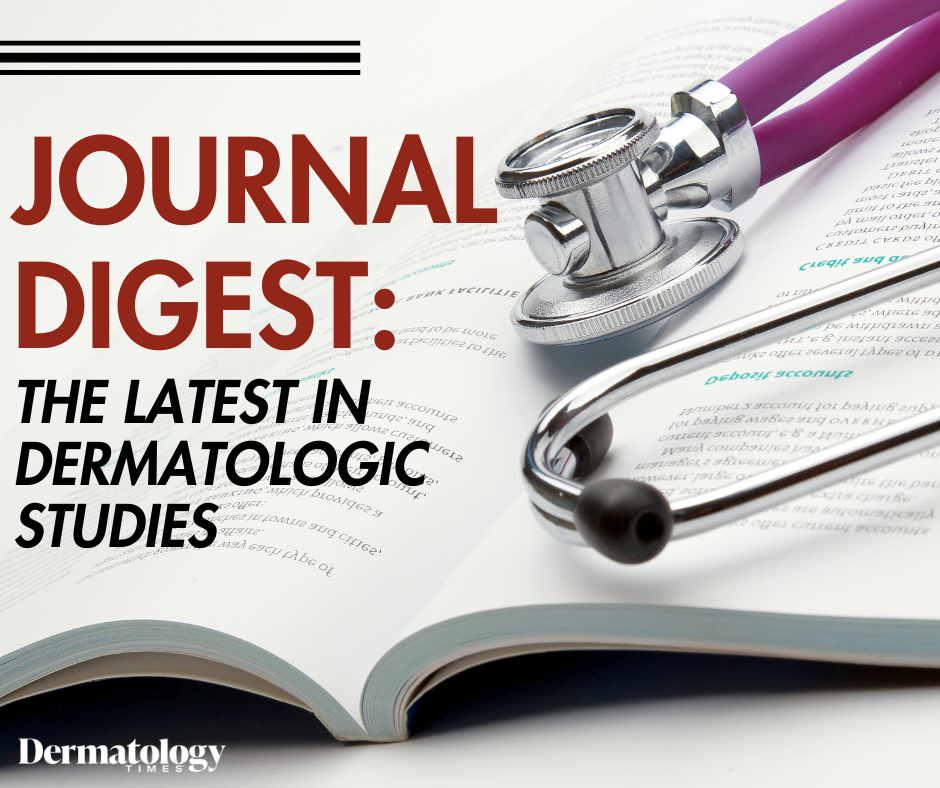- Acne
- Actinic Keratosis
- Aesthetics
- Alopecia
- Atopic Dermatitis
- Buy-and-Bill
- COVID-19
- Case-Based Roundtable
- Chronic Hand Eczema
- Chronic Spontaneous Urticaria
- Drug Watch
- Eczema
- General Dermatology
- Hidradenitis Suppurativa
- Melasma
- NP and PA
- Pediatric Dermatology
- Pigmentary Disorders
- Practice Management
- Precision Medicine and Biologics
- Prurigo Nodularis
- Psoriasis
- Psoriatic Arthritis
- Rare Disease
- Rosacea
- Skin Cancer
- Vitiligo
- Wound Care
News
Article
Dermatology Times
Nonthermal Atmospheric Plasma Deemed Safe, Efficacious in Pediatric Verruca Vulgaris and Molluscum Contagiosum
Author(s):
The average pain score reported during treatment was 0.4/10, according to a poster presented at the SPD's annual meeting.
A recent study, presented in a poster at the 2024 Society for Pediatric Dermatology Annual Meeting in Toronto, ON, highlighted the potential of nonthermal atmospheric plasma in treating verruca vulgaris (VV) and molluscum contagiosum (MC) in pediatric patients.1
According to poster authors Waggett et al, previous research indicated that nonthermal atmospheric plasma using a floating electrode-dielectric barrier device was as effective and safe as standard-of-care treatments such as cryotherapy and cantharidin (Ycanth; Verrica Pharmaceuticals), with better tolerability and less erythema and pain.2
The present, ongoing study aims to explore the efficacy, tolerability, and safety of nonthermal atmospheric plasma for pediatric VV and MC.
Background and Methods
Researchers are conducting a single-center, open-label study to evaluate the response of pediatric patients aged 4 years and older to nonthermal atmospheric plasma for VV or MC.
Patients underwent treatment with nonthermal atmospheric plasma treatment for 2 minutes per lesion, up to 20 minutes per session, with treatments repeated at 4-week intervals until lesion resolution. Patients were also granted permission to utilize standard of care home topical treatments if desired.
A pediatric dermatology provider assessed for initial diagnosis and lesion resolution utilizing demoscopy. At each visit, a clinician monitored patients for lesion resolution, pain, and adverse effects.
Findings
The study enrolled a total of 31 pediatric patients, with an average age of 8 years. The gender distribution was 39% female and 61% male. These patients had a combined total of 186 lesions, of which 135 were VV and 51 were MC. A significant portion of the participants (64.5%) had previously tried standard-of-care treatments before opting for nonthermal atmospheric plasma, indicative of a population with treatment-resistant or recurrent lesions.
Number of Treatments Required for Lesion Resolution
The study's primary outcome assessed the number of nonthermal atmospheric plasma treatments required for lesion resolution. On average, VV lesions needed 3.1 treatments (±1.2) to achieve complete resolution. In contrast, MC lesions resolved more quickly, requiring an average of 1.9 treatments (±1.0). This indicates that nonthermal atmospheric plasma may be more efficient in treating MC compared to VV, suggesting different levels of responsiveness based on the type of lesion.
Pain Score During Treatment
One of the significant advantages of nonthermal atmospheric plasma treatment observed in the study was its minimal associated pain. The average pain score reported during treatment sessions was significantly low at a measured 0.4 out of 10.
This low pain score highlights nonthermal atmospheric plasma's potential as a highly tolerable option for pediatric patients, who often experience discomfort and anxiety with more invasive treatments. The minimal pain associated with treatment could also improve patient compliance and overall treatment experience.
Safety and Adverse Events
The study found nonthermal atmospheric plasma to be a safe treatment modality with no significant adverse events reported. However, there was 1 instance of localized hyperpigmentation in a patient, which was the only notable adverse event. The absence of significant adverse events suggests that nonthermal atmospheric plasma is a well-tolerated treatment option.
To date, out of the 186 lesions treated, 122 are still undergoing treatment, while 46 have completely resolved.
Conclusions
"Preliminary results suggest that NTAP [nonthermal atmospheric plasma] is a safe and efficacious modality for treatment of VV and MC, though response appears to be patient-dependent," wrote poster authors Waggett et al.
Researchers recommended further research with a larger sample size and more consistent follow-up in order to confirm these results and fully establish nonthermal atmospheric plasma's potential as a standard treatment modality for pediatric skin lesions.
References
- Waggett S, Lyles E, Daniel S, et al. Open-label extension study to assess efficacy and safety of cold atmospheric plasma for treatment of pediatric warts and molluscum. Poster presented at the 2024 Society for Pediatric Dermatology Annual Meeting, July 11-14; Toronto, ON.
- Cold atmospheric plasma device for pediatric molluscum and verruca. ClinicalTrials.gov. https://clinicaltrials.gov/study/NCT05070754. Accessed July 10, 2024.

Newsletter
Like what you’re reading? Subscribe to Dermatology Times for weekly updates on therapies, innovations, and real-world practice tips.





























